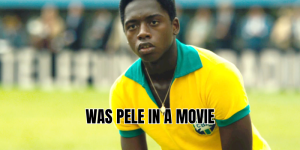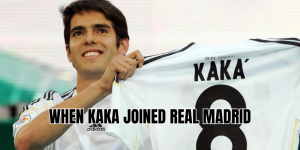From dazzling dribbles to impossible no-look passes, Ronaldinho built his legend in the attacking third. But did he ever truly play as a “number 9” — and could he have been a classic striker? In this article, SaiKick will explore the question can ronaldinho play striker, digging into his positional history, strengths and limitations, examples, and what type of striker role might (or might not) suit him.
The positions Ronaldinho played in his career
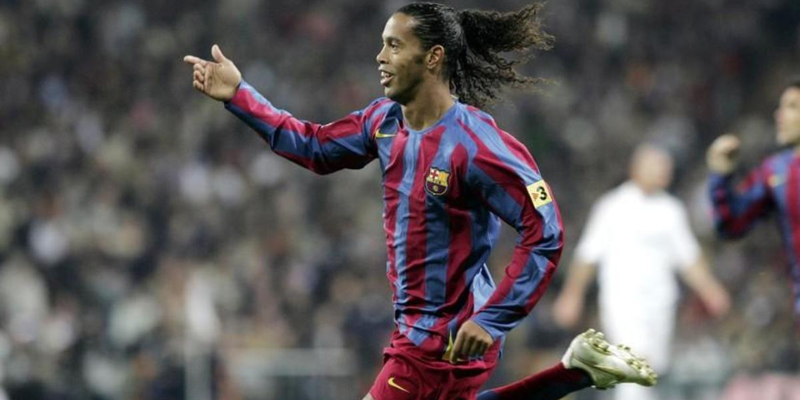
To understand whether Ronaldinho could have taken up a striker’s mantle, we must first map his real positions on the pitch.
- His main position throughout his career is recorded as left winger (LW).
- He also frequently played as an attacking midfielder (CAM / number 10).
- Interestingly, data shows that “second striker” or supporting forward was one of his “other positions”. fermarkt])
- According to club-level stats, Ronaldinho indeed appeared some times in the center forward (CF) role — albeit in a supporting role rather than as a pure striker.
- One stats aggregator breaks down his career positions: left winger ~56%, second striker ~38%, and playmaker ~25% (overlaps accounted) in his overall career.
So, Ronaldinho was never primarily a pure striker — but he did occasionally occupy forward roles, especially as a second striker or in a free role behind the main forward.
What defines a “striker”? The characteristics compared
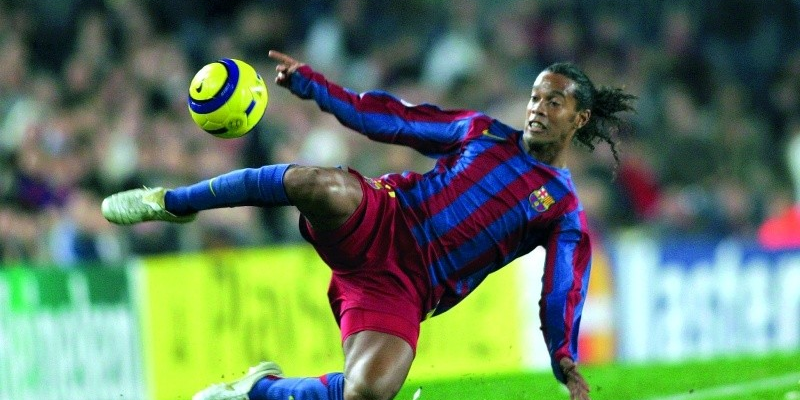
Before deciding whether Ronaldinho could play striker, we should clarify: what makes a good striker?
Key striker traits:
- Goal-scoring instinct and finishing — ability to convert chances, often with composure and variety (headers, one-onnes, positioning).
- Physical presence / aerial ability — to compete with center backs for crosses or hold-up play.
- Movement & timing — runs behind the defense, exploiting space.
- Link play when needed — ability to combine with midfield or wingers.
- Consistency & endurance — mental and physical capacity to maintain scoring threat.
Now, what about Ronaldinho’s strengths and limitations relative to these traits?
His strengths
- Technique, dribbling & flair: Ronaldinho was renowned for his ball control, dribbles, stepovers, feints — abilities that make any forward dangerous in 1v1s.
- Creative vision & passing: His ability to see passes, create chances, drop dee.
- Finishing & shooting: While not a pure number-9, he could score from both inside and outside the box and was a free-kick/penalty specialist.
- Flexibility & fluidity: He thrived in free roles, drifting, combining, and interchanging with attackers and midfielders.
- Football IQ & spatial awareness: Ability to read defenses, exploit gaps, and time movements.
His limitations in a striker role
- Lack of traditional physical striker profile: He was not extremely tall or dominant in aerial duels, and was not built as a pure target man.
- Less consistent poacher’s instincts: He was more apt to involve others, embellish, and orchestrate rather than purely finish.
- Defensive discipline and hold-up demands: A modern striker often must press, track back, or hold the ball under pressure — roles less natural to Ronaldinho’s free roaming style.
- Injury and stamina concerns in later years: As his career progressed, consistency and durability became issues.
- Positional discipline: A pure striker might demand a more rigid positioning than Ronaldinho preferred.
Thus, while Ronaldinho had many of the tools to be dangerous in forward areas, there were structural and stylistic mismatches to the classic “striker” role.
Did he ever play as a striker? Examples.
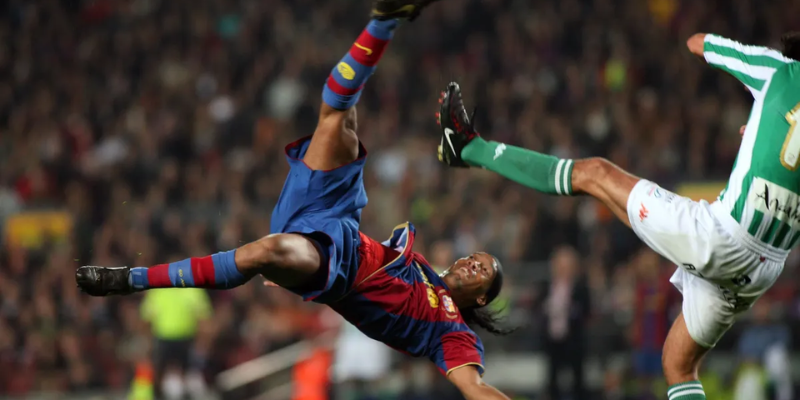
Barcelona era: behind the forward line
Under Frank Rijkaard at Barcelona, Ronaldinho often played as a left winger drifting inside, but he also assumed roles behind the main striker (e.g. Samuel Eto’o). That position sometimes functioned like a secondary forward, combining playmaking with scoring threat.
Occasional CF appearances
His match appearance data shows that among his positions, there were appearances listed under “CF” (center forward). However, these were not predominant and often more experimental.
National team attacking trios
In Brazil’s 2002 World Cup-winning squad, Ronaldinho played in an attacking trio with Ronaldo and Rivaldo — effectively as a more advanced creator rather than the focal striker. His role was not that of the central finisher but as a partner and facilitator.
Late career & free roles
In his later club stints, his role became more flexible, drifting between midfield and forward zones. But he was rarely asked to lead the line as a pure striker.
So, while he touched striker-ish roles, his career was built more around creating, linking, and exploiting space.
Could Ronaldinho play striker in a modern system?
To say can ronaldinho play striker isn’t merely to ask “did he ever?” but “would it work?” Let’s imagine a modern formation and see where he might fit, and where he would struggle.
Possible striker roles for Ronaldinho
- False 9 / withdrawn striker
- A role where the forward drops into midfield to link play, create overloads, and then make forwards runs. Ronaldinho’s natural inclinations suit this well. He wouldn’t be the classic “stay in the box” finisher, but a hybrid.
- Second striker / support striker
- Behind a main striker, contributing both goals and assists. This aligns well with his historical uses and strengths.
- Wide forward / inside forward
- In a front three, he could drift inside from wide and effectively act as a hybrid of winger/striker — but not as the central target man.
Challenges in a pure striker role
- Penalty-box poacher role: If a team demands their striker to be static in the box, latch on to crosses, dominate defenders close-range — such roles might not maximize Ronaldinho’s skill set.
- High defensive burden: Some modern systems require forwards to press constantly — a challenge for players used to conserving energy for “moments of magic.”
- Physical battles & aerial duels: Against tall, physical center backs, his success might be limited.
- Consistency in scoring: As a top striker, he’d need to score regularly. His career goal-to-game ratios are strong for an attacking midfielder/winger, but might not match pure strikers.
Could he adapt?
Given Ronaldinho’s football intelligence, technique, and game-reading ability, it’s plausible he could adapt to a hybrid striker role with enough tactical support around him. But he would likely be best used in a system that granted him freedom — not in a rigid, traditional striker role.
Handling the keyword: can ronaldinho play striker — the verdict
Let’s bring it all together with a focused answer on the core question: can ronaldinho play striker?
- Purely by the book, Ronaldinho was never a classic center-forward. His primary roles were winger and attacking midfielder.
- But he did occasionally play as a second striker / supporting forward, which shows the versatility to be deployed closer to the goal.
- In a modern tactical setup, he could thrive as a false 9 or withdrawn forward, blending creation and finishing.
- A conventional number-9 role — fixed in the box, always the finishing point — would clash with his strengths and preferred style.
Thus, can ronaldinho play striker? Yes — but not in the classical sense. He would be far more effective as a creative forward than as a lead, straight striker.
Conclusion
Can ronaldinho play striker? In the traditional sense, he was never truly a classic number-9 — his strengths lay in creativity, dribbling, playmaking, and fluid attacking roles. Yet he did occupy forward-ish roles at times, and in a modern system with tactical freedom, he could be molded into a hybrid striker. His brilliance came from his flexibility — and it’s precisely that flexibility that makes the question interesting.
If you’re curious to see how Ronaldinho compares to pure strikers like Ronaldo or Lewandowski—or want a breakdown of the best false-9s in history—just let me know. SaiKick is here to bring the stats and stories you crave.





